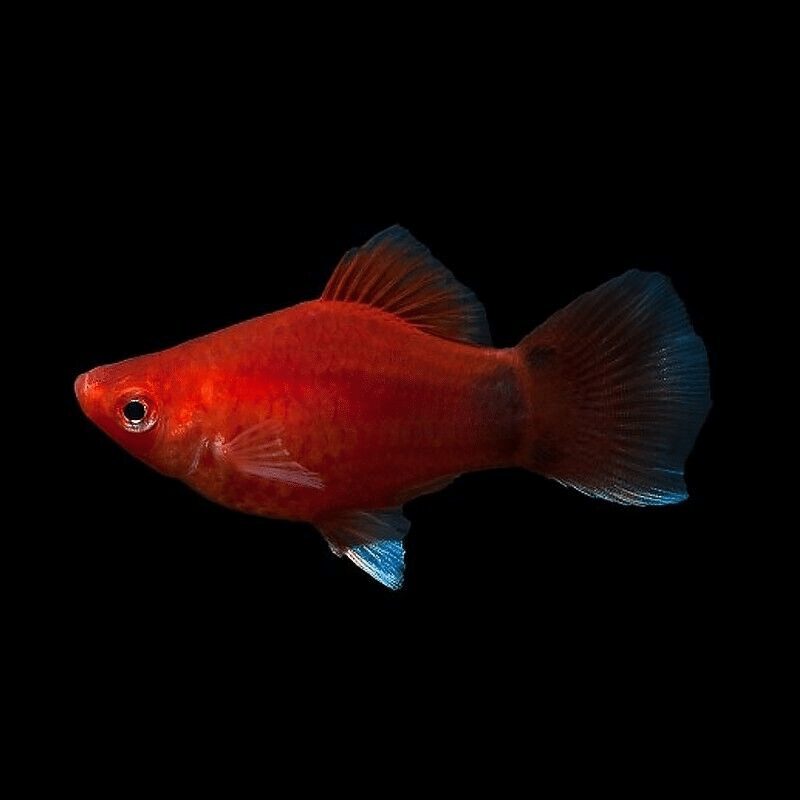To provide the best experiences, we use technologies like cookies to store and/or access device information. Consenting to these technologies will allow us to process data such as browsing behaviour or unique IDs on this site. Not consenting or withdrawing consent, may adversely affect certain features and functions.
The technical storage or access is strictly necessary for the legitimate purpose of enabling the use of a specific service explicitly requested by the subscriber or user, or for the sole purpose of carrying out the transmission of a communication over an electronic communications network.
The technical storage or access is necessary for the legitimate purpose of storing preferences that are not requested by the subscriber or user.
The technical storage or access that is used exclusively for statistical purposes.
The technical storage or access that is used exclusively for anonymous statistical purposes. Without a subpoena, voluntary compliance on the part of your Internet Service Provider, or additional records from a third party, information stored or retrieved for this purpose alone cannot usually be used to identify you.
The technical storage or access is required to create user profiles to send advertising, or to track the user on a website or across several websites for similar marketing purposes.



 Golden Eyes Vampire Crab - Geosesarma Sp. - Decapod Crustacean
1 × £8.71
Golden Eyes Vampire Crab - Geosesarma Sp. - Decapod Crustacean
1 × £8.71 









Emily Carter (verified owner) –
I recently added 10 Coral Red Platies (Xiphophorus Maculatus) to my aquarium, and I couldn’t be happier! These tropical fish arrived in perfect condition, and it’s clear they were well-cared for prior to shipping. After about two weeks in my tank, they have settled in beautifully and brought a burst of color to my setup. I particularly appreciate their friendly demeanor; they are so social and curious! Compared to other platies I’ve kept, these Coral Reds are more vibrant and active, making them a joy to watch. A minor point is that they can be a bit shy during feeding initially, but now they’re right at the front of the tank, eagerly waiting for their meals. If you’re a caring fish parent or new to the aquarium hobby, I highly recommend these fish for your community tank! They’re peaceful and do well with other species. Just ensure your tank is properly cycled and provide plenty of hiding spots. I will definitely be purchasing more in the future!
Emily Carter (verified owner) –
I recently purchased the 10 Coral Red Platies, and I couldn’t be happier! These little guys arrived just a week ago, and they’ve transformed my aquarium into a vibrant underwater paradise. The colors are stunning—each fish is a brilliant coral red that really pops against the green plants. They settled in quickly and started exploring right away, showcasing their friendly nature.
As a caring fish parent, I prioritize my aquatic friends’ health and happiness. I’ve found that these platies are incredibly easy to care for; they thrive in a range of water conditions and are very social, making them perfect tank mates. Compared to the other tropical fish I’ve kept, these platies are more interactive and love to swim around together, which adds to the overall ecosystem in my tank.
My only minor concern is that they can be a bit skittish at times, especially with sudden movements near the tank. But with a little patience, they’ve become more confident. If you’re looking for an eye-catching freshwater fish that will bring joy to your aquarium, I highly recommend Coral Red Platies. They’re perfect for beginners and seasoned hobbyists alike!